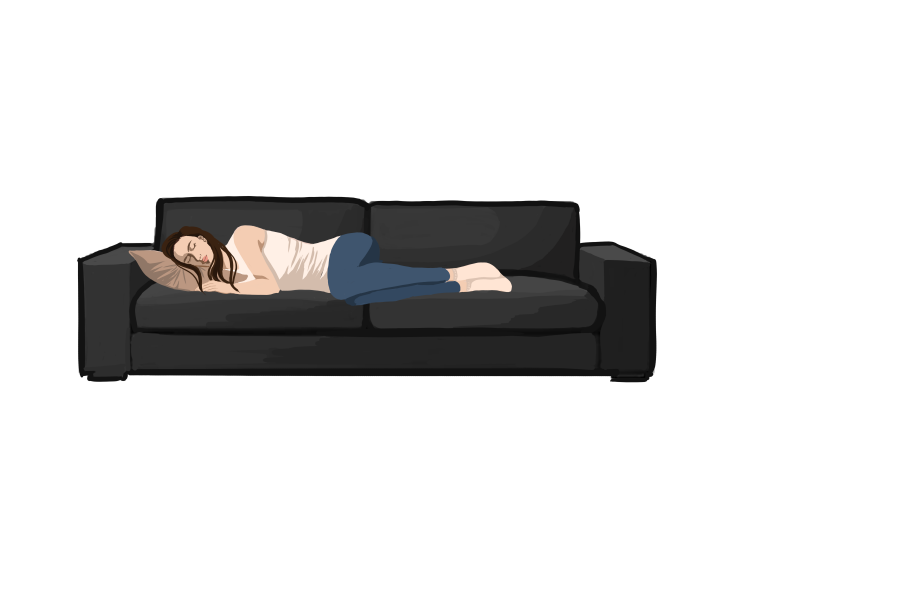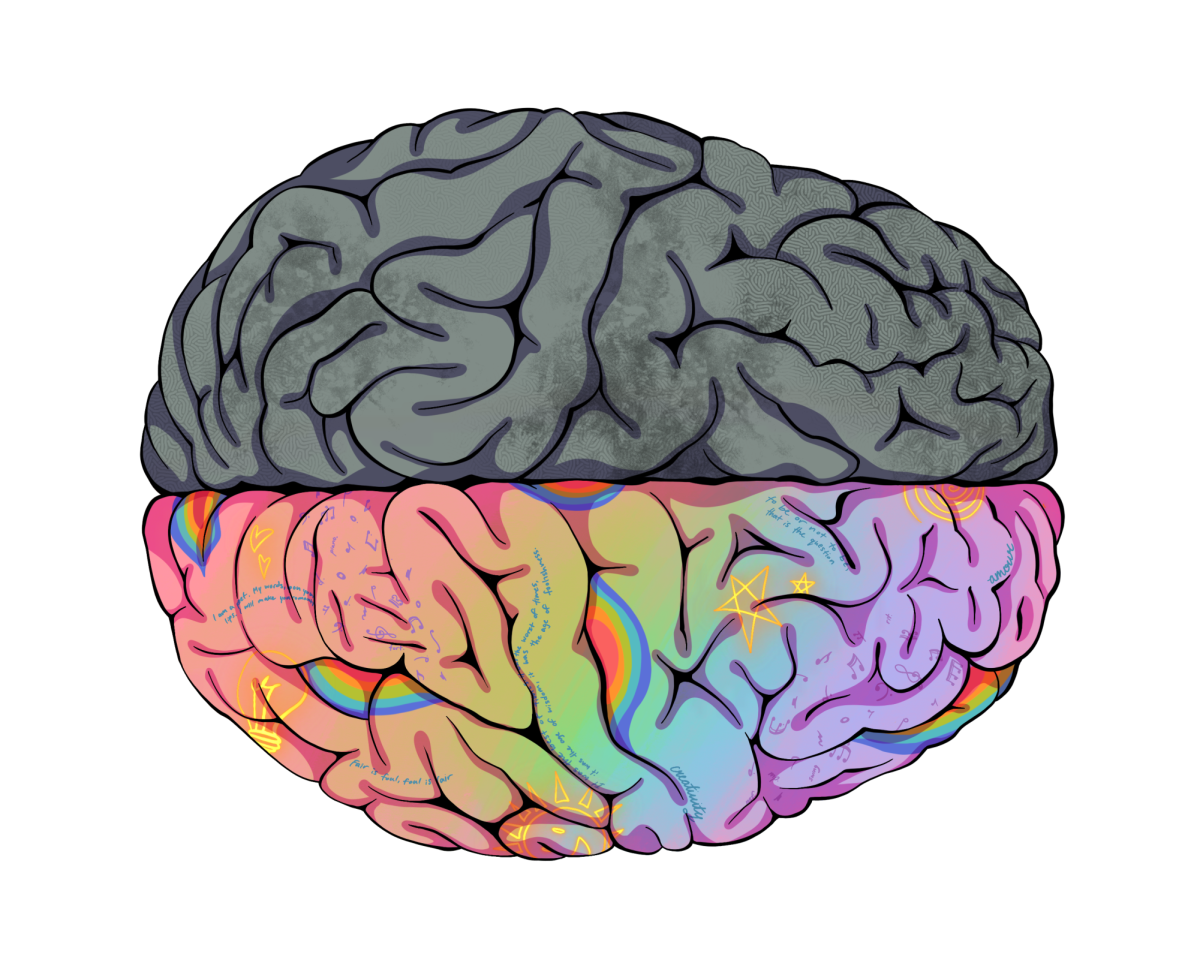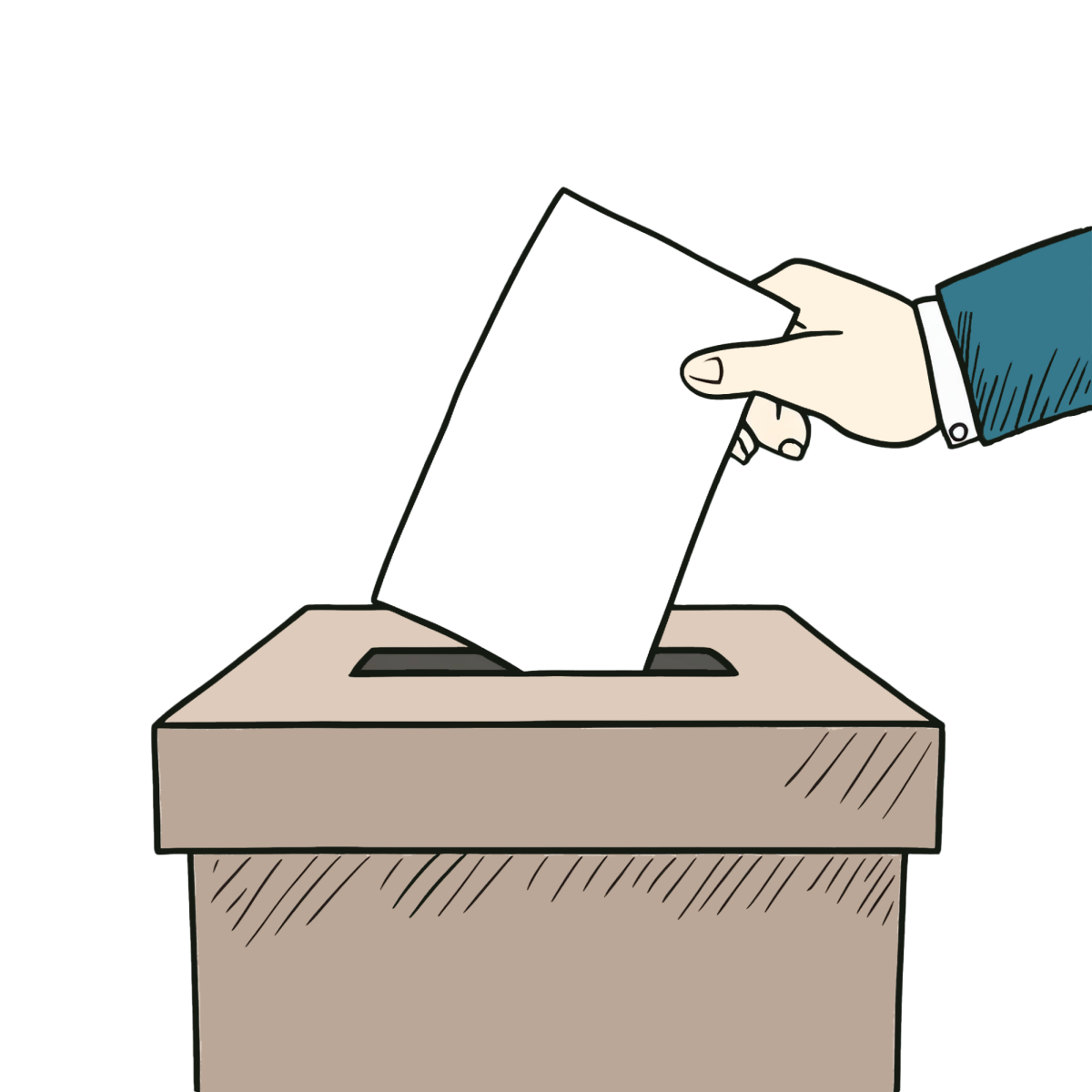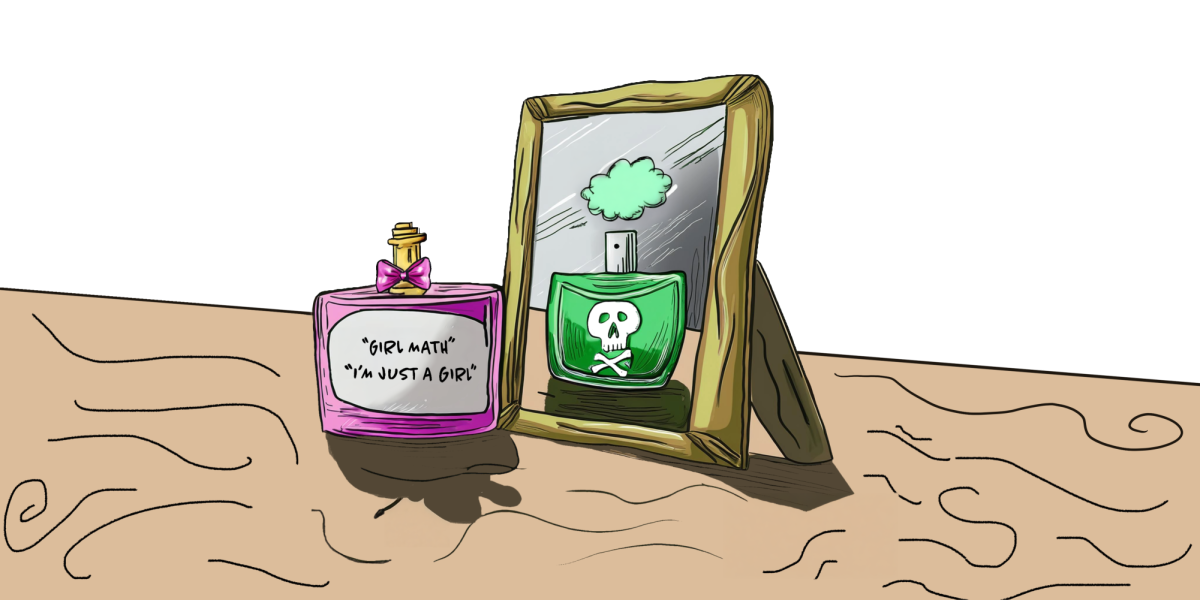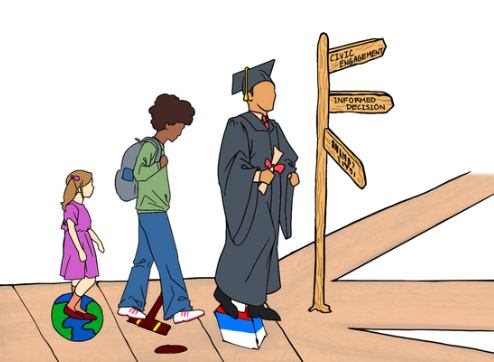written by Emma Chiao
A student lies down for a quick nap during an afternoon slump after school. She awakens later to find that two hours have flown by, scrambling out of bed to start her school work.
Napping comes in handy when experiencing sudden sleepiness or when making up for lost sleep. When many students arrive home after school or even later due to extracurriculars and other activities, however, napping is an inconvenience and a disruption to the school day.
According to the National Sleep Foundation, the best time to take a nap is between 2 p.m. and 3 p.m. in the afternoon. This time range is when most people have lower levels of alertness and require an extra boost of energy. However, students are not dismissed until 2:35 at the earliest. The time that students should be taking naps, if necessary, is already being spent elsewhere, at school. Napping later in the day will eventually lead to unwanted disturbances.
Additionally, napping earlier in the day prevents the nap from interfering with the nighttime sleep cycle. The Nationwide Children’s Hospital recommends an average of nine hours of sleep a day. Based on their studies, students actually receive about seven hours of sleep. However, it’s much more than just nine hours of sleep; students need nine continuous hours of rapid eye movement sleep (REM). REM sleep begins to occur in the first 60 minutes of sleep. During REM sleep, the body and brain are energized, and the regions of the brain for learning are stimulated. Naps that are late in the afternoon will keep students awake later into the night, taking away from much needed deep sleep. Furthermore, napping later in the day easily leads to naps that last for hours— foregoing work time or disrupting REM sleep.
According to the National Sleep Foundation, in order to gain the full benefits of a nap, naps should be no longer than 15 to 20 minutes. A shorter nap, also known as a power nap, is meant to allow the body to recover and rest without falling into complete REM sleep. Immediately after awakening from REM, the brain is still releasing melatonin, and the blood pressure and heart rate both speed up. The circadian rhythm that the melatonin enforces is disrupted.
In fact, being forced to wake up in the middle of deep sleep is what creates the grogginess and disorientation one may feel after a long nap. This is also known as sleep inertia—the transition from sleep to awake that also causes a decline in motor dexterity. For students who waste time trying to fall asleep or who have to get up from a nap to complete school work, the ideal nap length is rarely achieved and a longer nap that’s disrupted becomes the default.
According to BBC News, the need for longer naps during the day can signal fatigue and disturbed nighttime sleep. Such results are often a result of sleep deprivation caused by work and social habits. Furthermore, the studies showed that naps longer than an hour were early warning signs of possible links between sleep disturbances and increased appetite. A lack of sleep prompts higher levels of enkephalin to be released into the blood, which causes the urge to indulge in sweet foods. Students should see the need to take longer naps as a sign of disturbed nighttime sleep.
The ideal nap is one that is taken in the early afternoon and only lasts a short 20 minutes. These standards are difficult to achieve for many students, and students should therefore invest more time into being efficient during the day and getting a good night’s sleep.


